Landscape
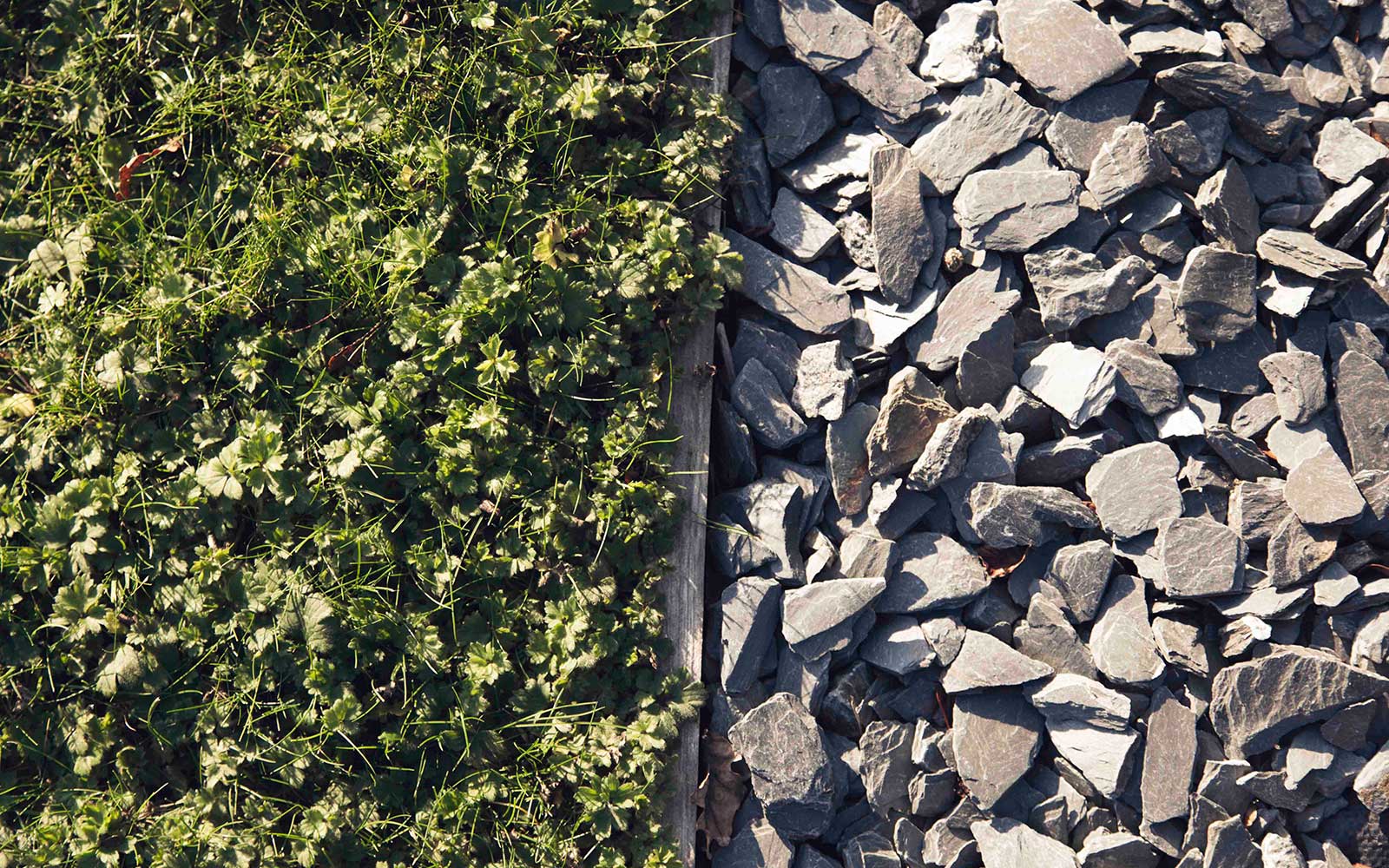
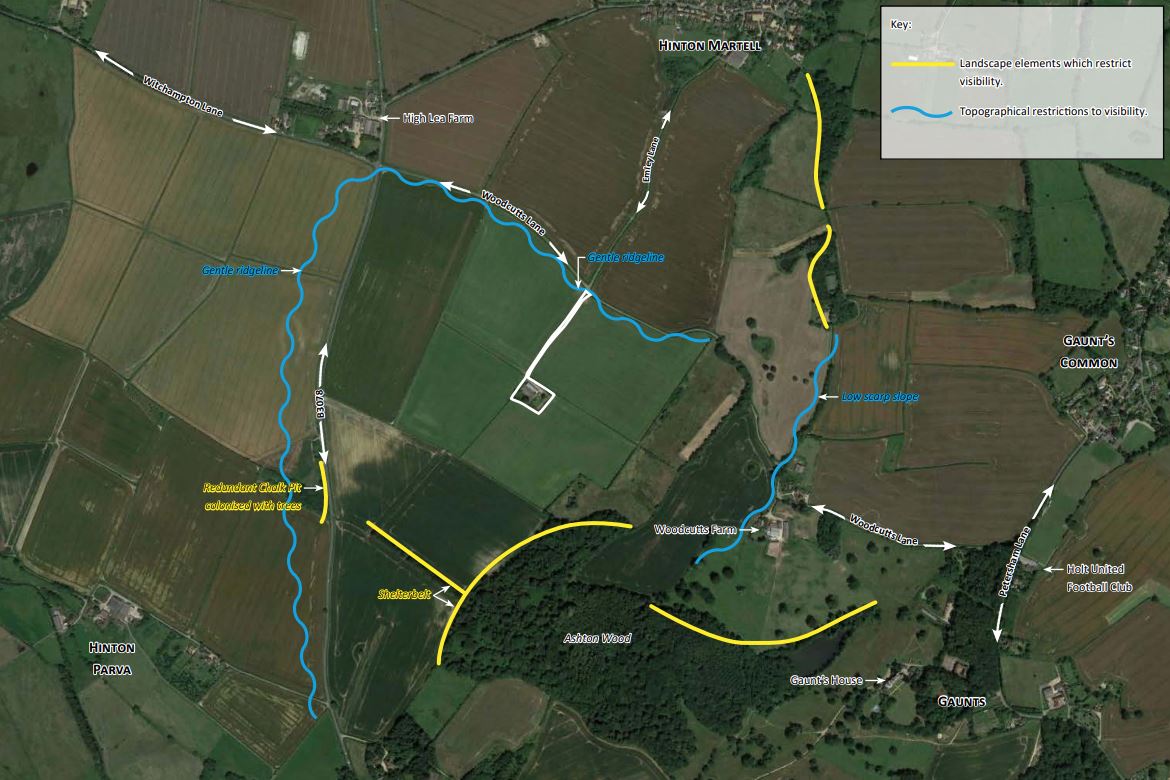
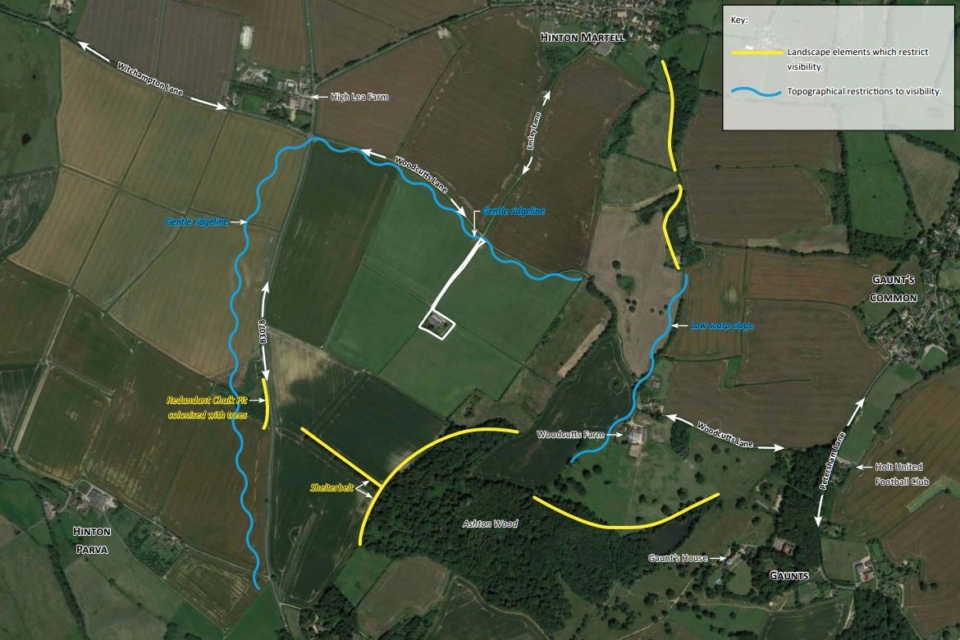
Site Analysis, Feasibility & Appraisal Studies
This is the initial, strategic stage of every project.
Site Analysis, Feasibility and Appraisal Studies involve the analysis of the area to determine the best development layout for the site, balancing both the desired development use and function and the merits of the site and the landscape setting.
In other words, this means getting under the skin of the place and working closely with its potential, issues, and the clients’ aspirations to provide as much information as possible, going forward into the design stage. In short, this is presented as a Constraints and Opportunities Plan, which outline those aspects of the site which would be either fixed barriers to development or obstacles which could potentially be overcome if required and those aspects of the site where development would be unconstrained by existing features. Such constraints can be diverse, e.g., utilities crossing the site, root protection areas for boundary trees, ecological feature like badger setts, overlooking residential properties or within the setting of a heritage feature like a listed building or being located within a sensitive designated landscape such as an Area of Outstanding natural Beauty, to list a few. However, not all are insurmountable and may inform the design for the development rather than preclude development.
Our landscape team will gather all information from the site assessment and data search to create the Constraints and Opportunities Plan and the information provided by this study helps to understand what steps need to be undertaken and developed further in the design process to achieve your goals.
Let's work together
Get in touch Read more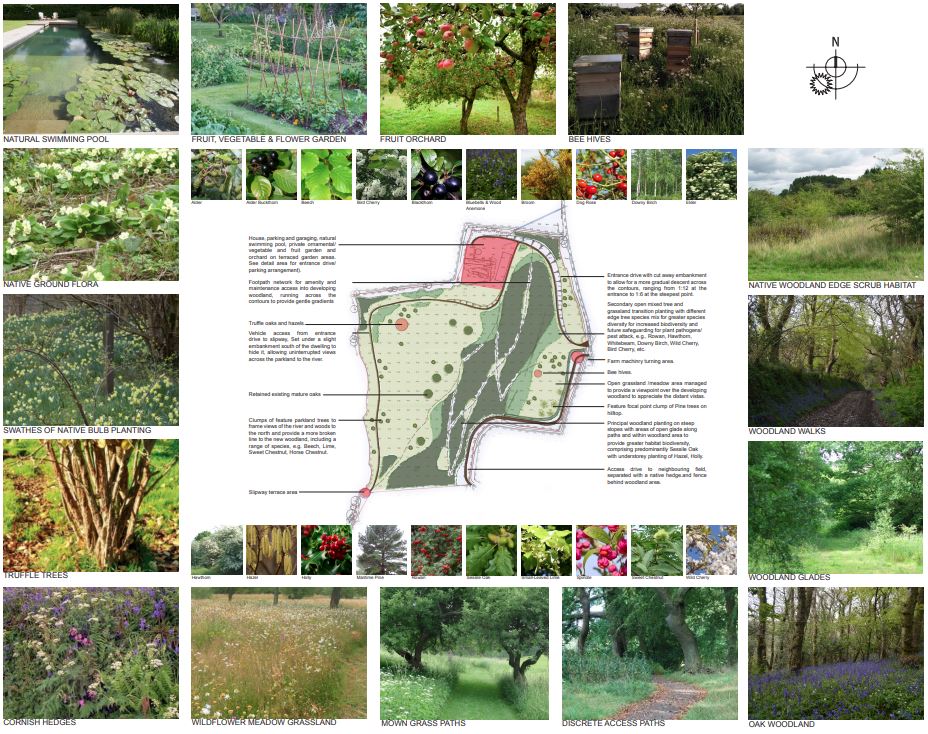

Initial Concept Designs
The design process starts with a detailed brief from the client and a clear understanding of their aspirations for the space. Our landscape team will carry out a full site survey, taking into account existing features of the site, including boundaries, buildings, levels and orientation, highlighting practical and aesthetic considerations, before drawing up initial concept plans. These comprise two-dimensional, annotated sketch drawings to help clients visualise the proposed layout, and a summary of their key requirements.
The purpose is to ensure that we have clearly understood the clients’ requirements and have followed the brief as closely as possible. Occasionally, some aspects of the brief may be less achievable on a specific site and this stage allows for discussion to raise these points early on in the process.
Let's work together
Get in touch Read more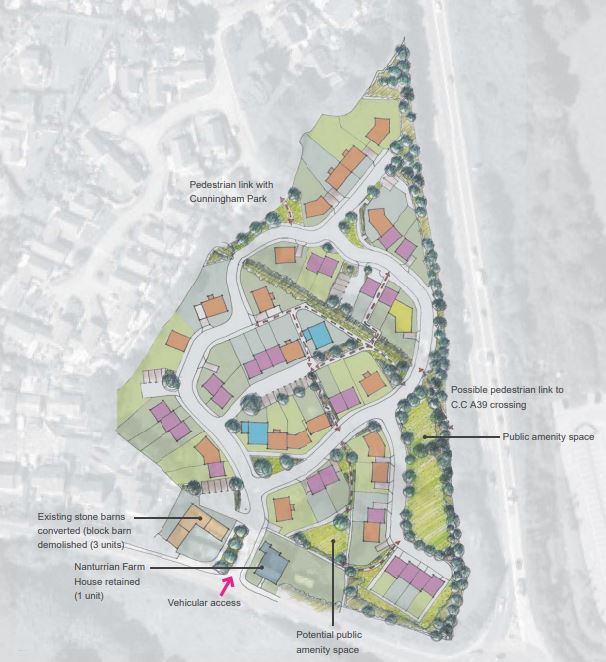

Masterplanning & Urban Design
Our multidisciplinary approach means we deliver holistic design, between buildings and outdoor spaces, the existing, retained site features and the landscape setting, be it a rural or urban one working within the site’s constraints to maximise its potential.
The Masterplan phase follows on from the initial Site Analysis and Feasibility Appraisal stage. Depending on the type of planning application, i.e., whether it is an outline, full or hybrid application, we can tailor the degree of detail required to suit, ranging from a broad-brush proposed site plan to a fully detailed layout and accompanying hard and soft details, (if required at that stage; although many details can be provided once full planning permission has been granted, when required to discharge the conditions of the application).
Let's work together
Get in touch Read more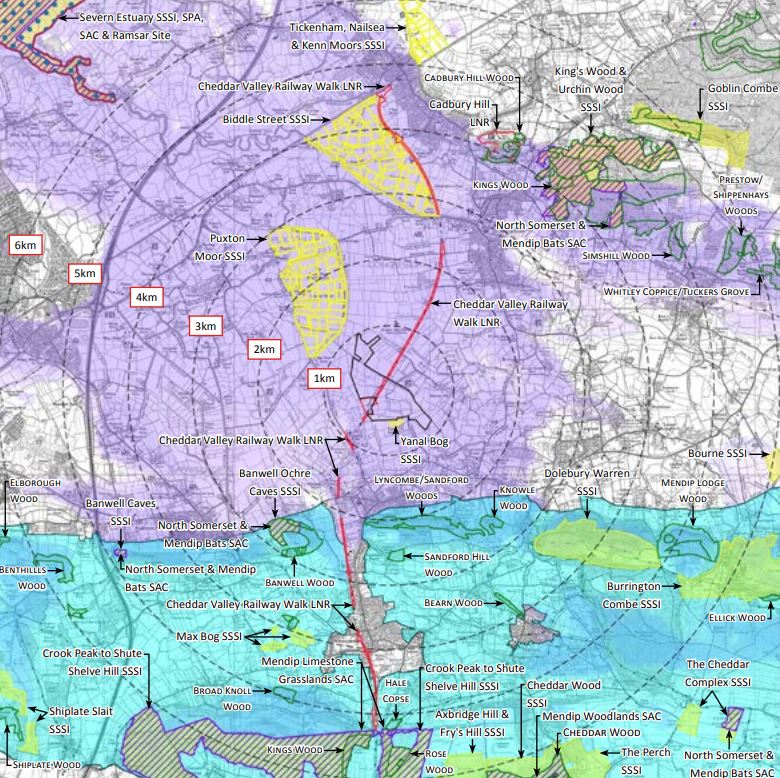

Landscape & Visual Impact Assessment (LVIA)
A Landscape and Visual Impact Assessment helps identify and mitigate the effects of new developments on both the landscape of the site and the wider setting and also on the ‘visual receptors’, i.e., the people who will experience the landscape, e.g., residents, visitors, walkers and drivers, etc.
LVIA can be required for a wide range of development projects. Generally, but not solely restricted to the larger types of development, including: renewable energy schemes, residential and commercial development, but can also be required for smaller projects, e.g., a single dwelling, where these are located within a particularly sensitive and often highly designated landscape such as Areas of Outstanding Natural Beauty (AONB), World Heritage Site (WHS) or close to important heritage or ecological assets, e.g., Scheduled Monuments and Special Areas of Conservation (SAC), etc.
To be of greatest value to the design development, LVIA should commence at the earliest opportunity in the project development, as this process will help inform the design and any potential mitigation required, (this may initially commence as an LVA) but it can also highlight potential impacts on landscape and visual receptors which could be designed out or reduced at an earlier stage of the design process – saving unnecessary expense and time later in the process and giving the best chances of a positive planning outcome. We can advise on and prepare mitigation plans as required.
LVIA’s are tailored according to the scale and nature of the proposed development, but they all follow the same structure and methodology based on the Guidelines for Landscape and visual Impact Assessment 3rd Edition (GLVIA3) prepared by the Landscape Institute and the Institute of Environmental Management and Assessment.
The process involves a combination of desk study and a detailed site visit to assess the site character and the character and visibility of the site from the surrounding landscape setting. Viewpoint locations are based on the production of a Zone of Theoretical Visibility (ZTV) plan, which highlights potential areas from where the site would be visible. This leads to the preparation of the baseline data, identifying the key landscape and visual receptors. The impact assessment process can then be undertaken when the design is sufficiently developed.
Extensive graphic Appendices are prepared as part of the LVIA, which include the ZTV and plans of all the statutory and non-statutory landscape, heritage and ecological designations and public access plans. Landscape Character Area / Type Plans, and a range of site photographs and annotated viewpoint photographs of the site from the key viewpoints.
Cumulative Landscape & Visual Impact Assessment (CLVIA)
This is an extension to the LVIA process where there can be a requirement to assess the impacts of a development alongside the impacts of other similar developments within the area to determine if jointly, they create a substantial change to the landscape character of the area and/or substantial alter the visual experience of the landscape.
Let's work together
Get in touch Read more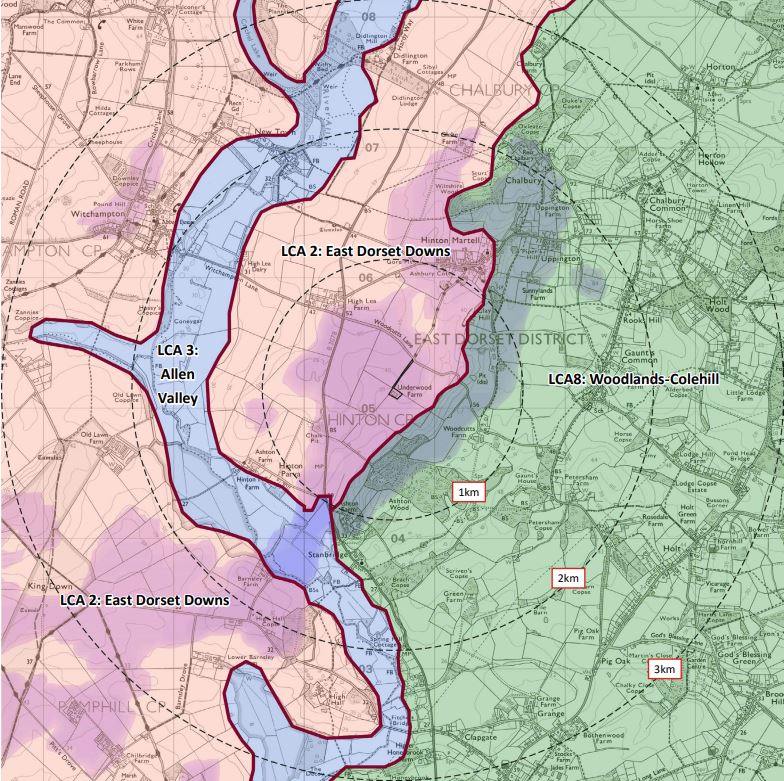

LVIA forming part of Environmental Impact Assessments (EIA)
An Environmental Impact Assessment (EIAs) is an objective study of the potential environmental impact, both positive and negative, of major development proposals.
It’s a comprehensive process, usually requested by the Local Planning Authority, whereby specialist reports and assessments are incorporated into the Environmental Statement as separate chapters.
For larger developments, which could potentially have a significant effect on the environment, and which fall under the Environmental Impact Assessment Regulations, we can produce the LVIA chapter with the assessment of the significance of landscape and visual impacts, for inclusion within the Environmental Statement https://www.gov.uk/guidance/environmental-impact-assessment
Residential Visual Amenity Assessment (RVAA)
Although there is no right to a view, occasionally, some developments may be of such a scale and within such close-proximity to residential area that the Local Planning Authority may request that in addition to the broader LVIA, that a more specific RVAA is prepared, to assess whether there are likely to be overwhelming or overbearing changes which would render the property an unpleasant and unattractive place to live. Generally, RVAA is limited to specific close-proximity residential areas and requires permission for access to individual dwellings and gardens and therefore is not undertaken as part of the general LVIA process.
Let's work together
Get in touch Read more

Expert Witness at Appeal
Senior members of the landscape team are experienced in preparing documentation and when required, testimony as an expert witness, to support our clients and their projects at appeal, ranging from written representation, hearings and public inquiry.
Depending on the Reasons for Refusal of a planning application, the landscape expert witness can act with the planning and architectural teams in-house and other external consultants (e.g., heritage, ecology) or as a stand-alone, if only landscape and visual matters form the basis for the appeal.
Let's work together
Get in touch Read more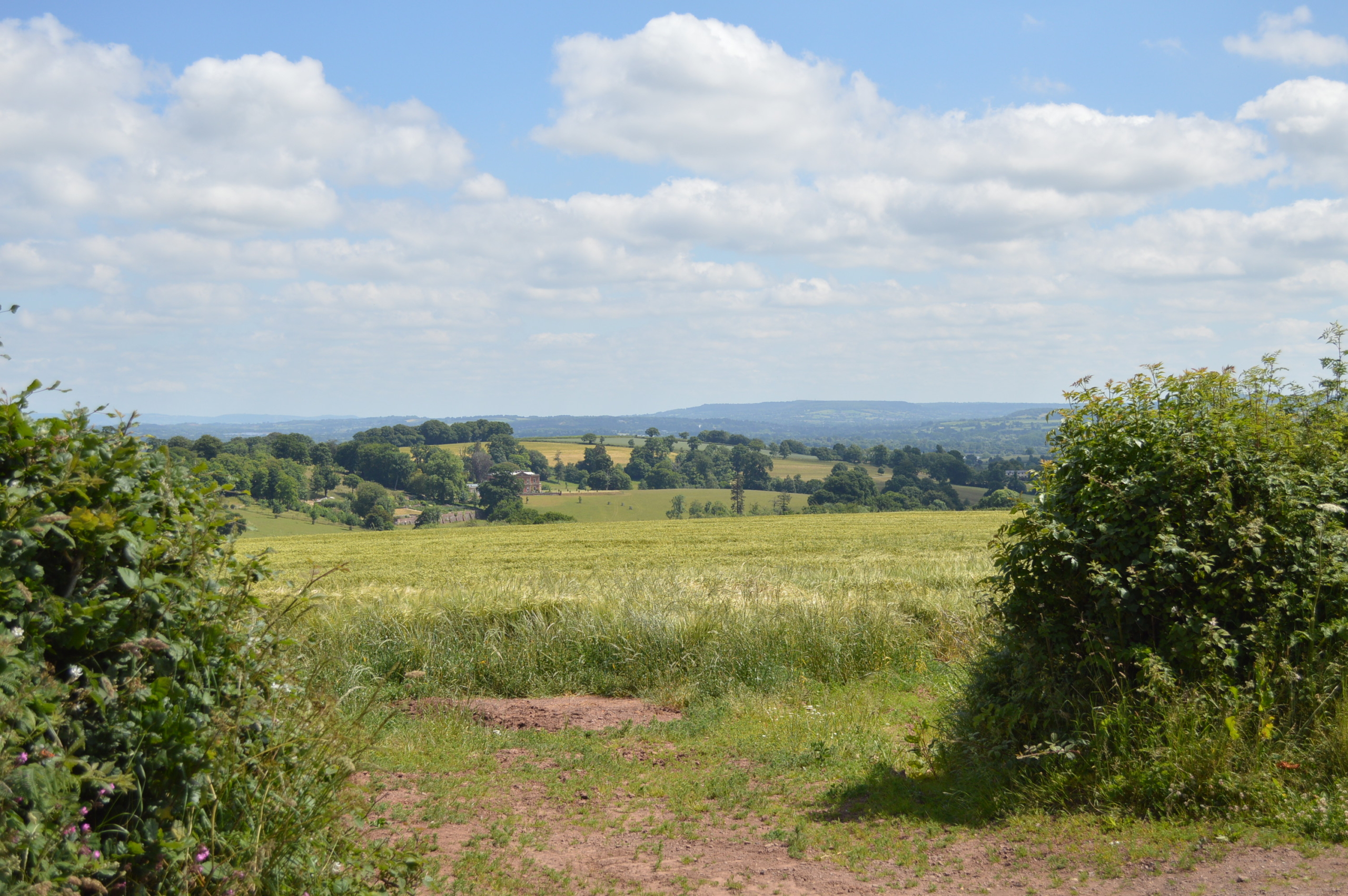
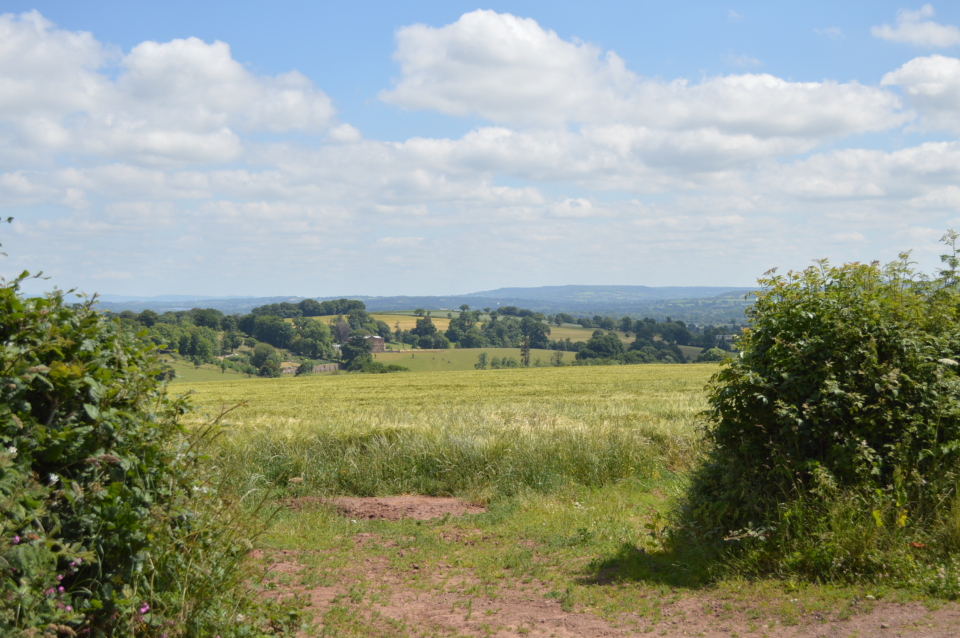
Landscape / Visual Appraisals
Appraisals provide a review of a site and its setting to ascertain the sensitivity to accommodate a particular development in landscape and visual terms.
It is often used when the full LVIA is not required but understanding more about the local landscape and the visibility of the site, would be beneficial at the outset of a project, when this process can inform the Site Analysis and Feasibility stages, helping to identify potential constraints and opportunities at an early stage. This can be a brief document or a slightly more expanded one and may focus more on either the landscape or the visual aspects depending on the nature of the proposed development.
The LVA enables a sensitive approach to development and can form a part of a submission to a Local Planning Authority, as it will identify the key landscape and visual opportunities and constraints of the site. The LVA however, is not an assessment of the effects of a development. If this is required, the LVA can be expanded as part of the LVIA process, usually without having to repeat the desk and site assessment work.
Let's work together
Get in touch Read more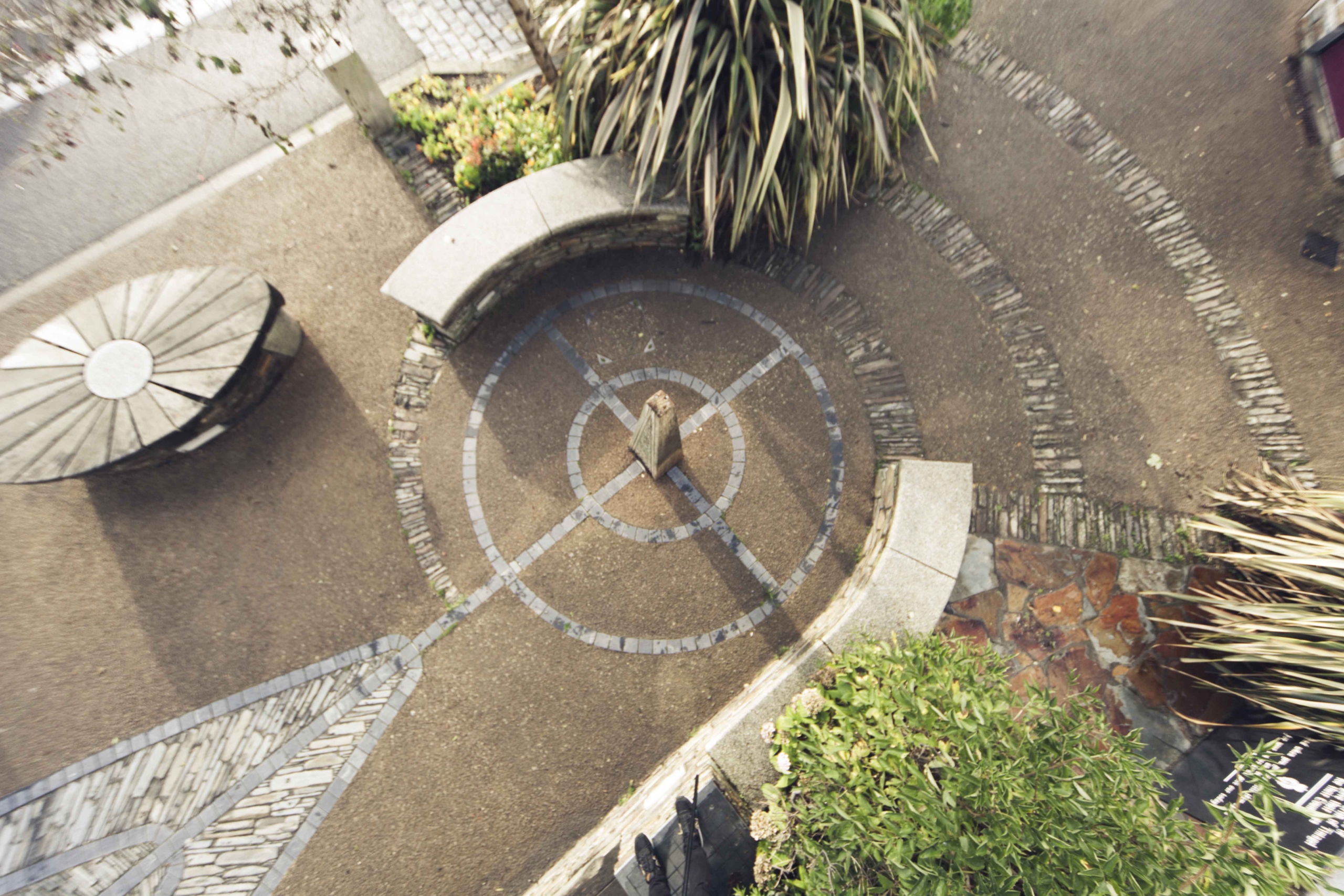
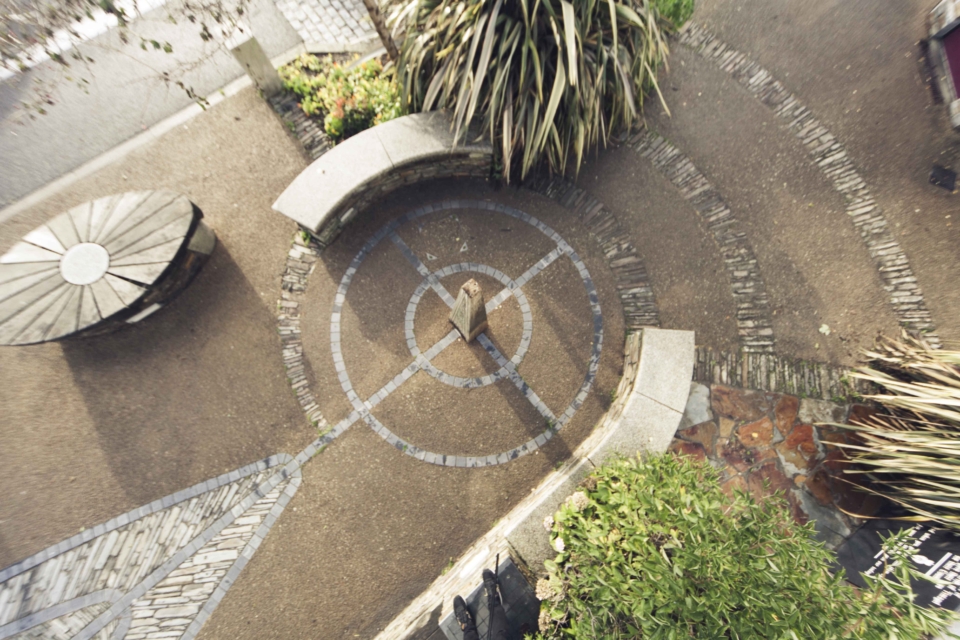
Detailed Hard & Soft Landscape Design
Hard landscaping is the term applied to permanent architectural features, ranging from paths paving, walls and fences to pergolas, ponds and patios. Soft landscaping is the living part of the space: the soil and turf, trees and shrubs.
We have experience in developing designs for small and medium scale commercial and residential projects, as well as gardens, traditional schemes to fit with conservation areas and listed buildings and sensitive rural locations.
Sometimes these details are provided as part of a full planning application but often these are provided as a condition of the planning permission, and we offer a full service for the discharge of landscape conditions.
Our service includes:
- Detailed planting plans,
- Planting and maintenance schedules and specifications,
- Preparing landscape site layout / strategy plans, working in collaboration with external ecologists, to achieve the required Biodiversity Net Gain (BNG) enhancements,
- Hard landscaping layout plans,
- Hard construction details and specifications.
- Sustainable Urban Drainage Schemes (SUDS) for innovative surface water runoff.
- Green Roof design and planting.
Let's work together
Get in touch Read more

Landscape & Ecology Mitigation Management Plans & Maintenance Schedules
Landscape and ecological management and maintenance plans (LEMMP’s) are often required to support planning applications or satisfy planning conditions. LEMMP’s are site specific and describe in detail the immediate and longer term aims and objectives for the management of the existing (retained) and newly proposed vegetation, habitats and species on the site to ensure the protection and enhancement of the biodiversity of the development. As such, the LEMMP is primarily a working document for those responsible for the ongoing management and maintenance of the development, therefore, clarity is paramount.
We work with external ecologists, who will be required to provide long term monitoring, to ensure that the management and maintenance outlined is achieving the specified outcomes.
We can prepare; in partnership with external ecologists, the landscape plans, and report which includes planting and seeding schedules, specifications for monitoring, management schedules both for an initial establishment phase and the long-term management of the site.
Let's work together
Get in touch Read more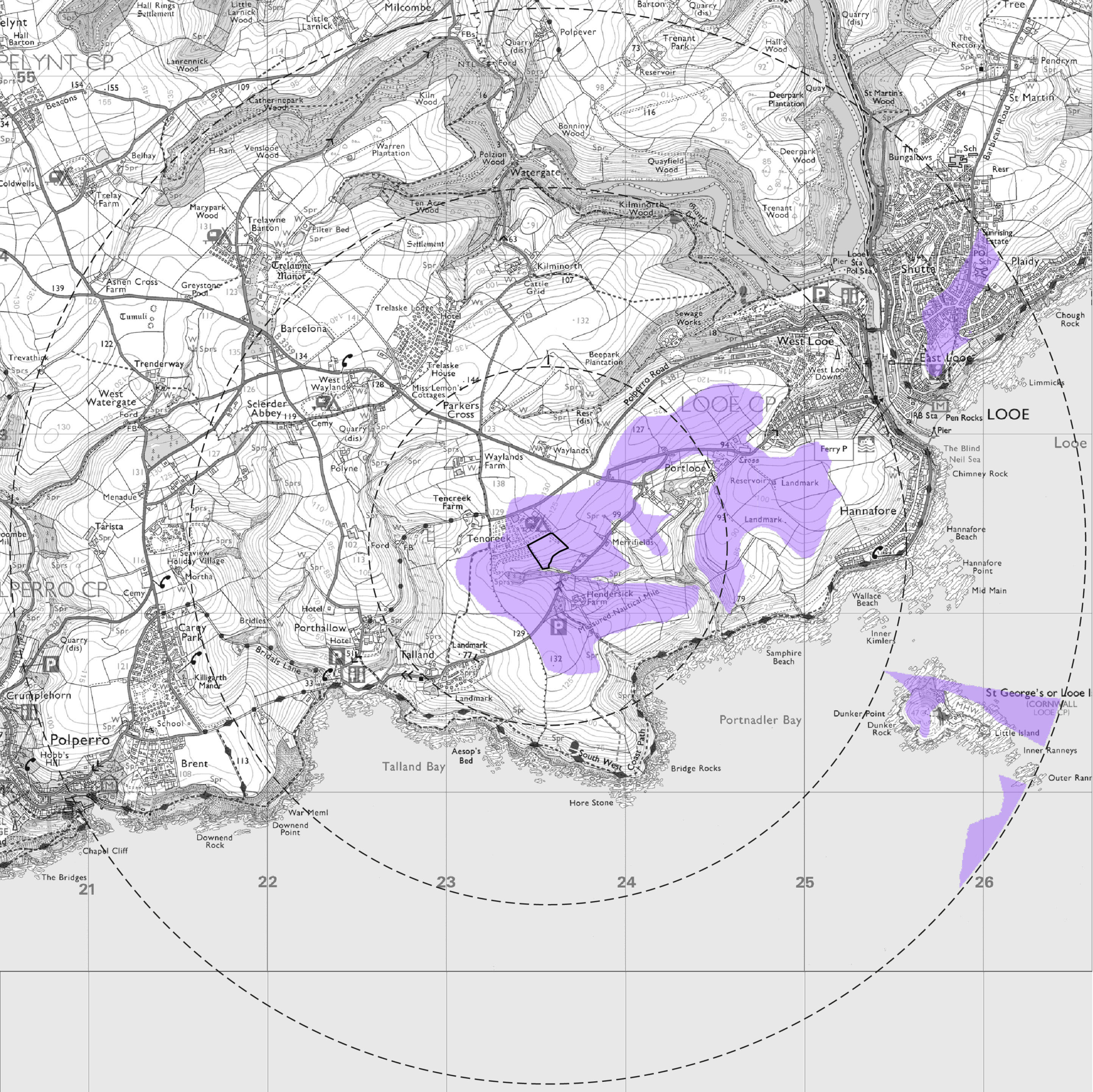
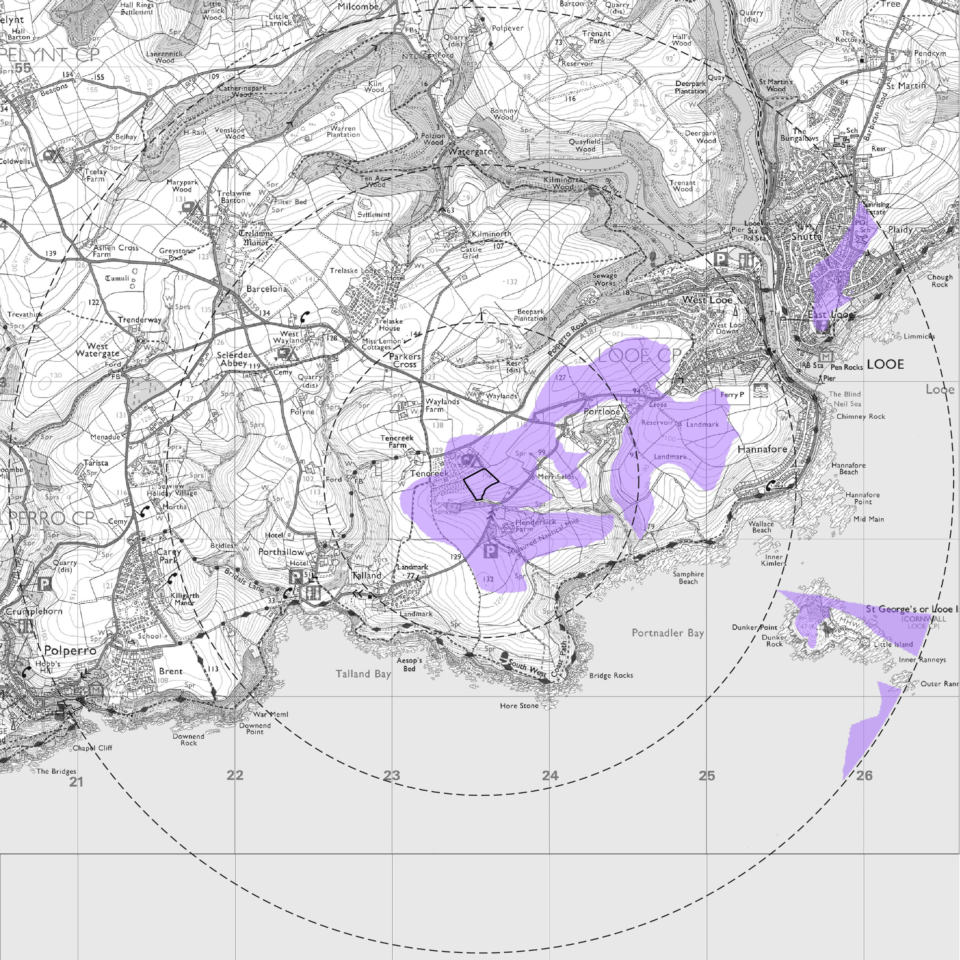
Supporting Graphics: Photomontages & Zone of Theoretical Visibility Maps (ZTV's)
Visibility mapping, referred to as Zones of Theoretical Visibility (ZTVs) are generated on three dimensional modelling software such as Key TerraFirma.
They are commonly used within Landscape and Visual Impact Assessments (LVIAs) to determine the visibility of a development in the surrounding landscape.
Photomontages are used to show how a development will look compared to the existing landscape, and are particularly useful when demonstrating the impact of developments in rural settings. They’re often included in planning applications for wind turbines and solar farms.
Let's work together
Get in touch Read more
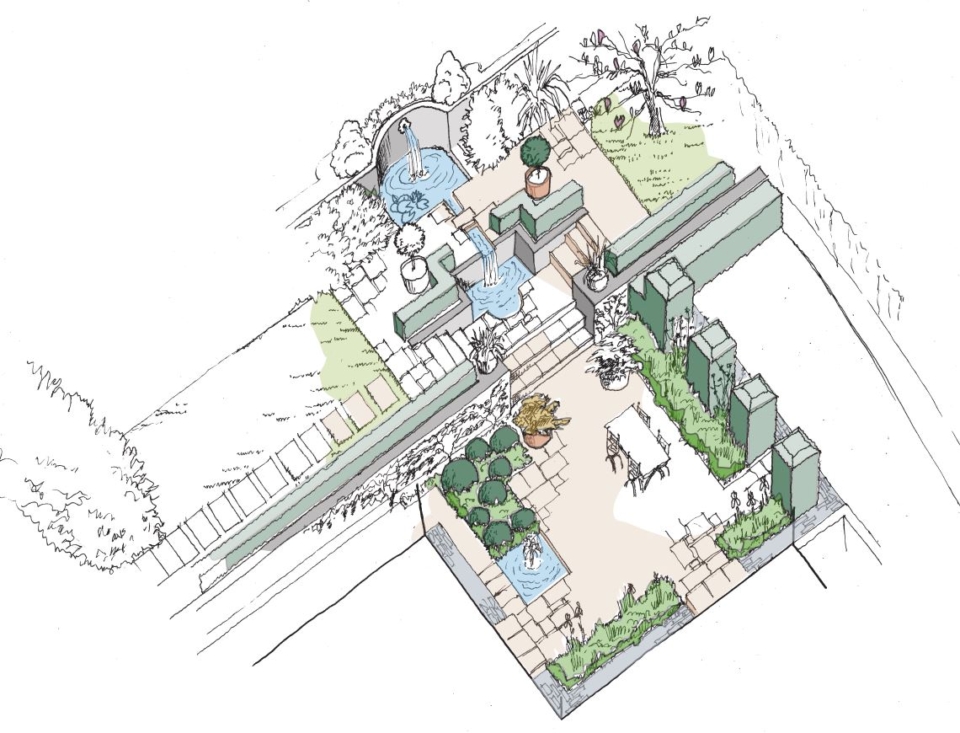
Garden Design
We offer a range of garden design services. Commencing with an initial consultation to view your private space and develop the brief, while gaining an insight into the scale, the existing setting and features, balanced with your hopes and ambitions for turning a ‘space’ into a ’place’ – somewhere treasured to wake up to, to linger in, to entertain, relax, play and exercise within – a retreat and a sanctuary. The role of the garden is multi-faceted and diverse, we aim to draw out the best in your external space no matter how large or small.
Moving forward, we can provide a range of services, commencing with an outline sketch design, including plans, sketches and materials palette for the hard and soft works, as a starting point for further discussion and your consideration. We can progress this further to a detailed design, which can include layout plans, planting plans and construction details and lighting, drainage and furniture details as required.
Following this, we can follow the tender process to obtain quotes from landscape contractors to undertake the works and oversee construction. Should you require one, we can prepare a simple management schedule to ensure that your dream place stays that way and evolves with you.